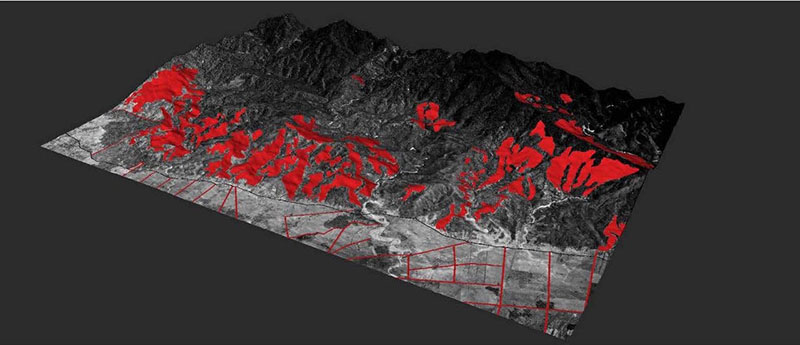
Architecture as a Justice-Accessing Technology in Postwar Guatemala
Editor’s note: This is the first post in an ongoing series called “The Spectrum of Research and Practice in Guatemalan Science Studies.” On an early January morning in 2015 a group of lawyers from the Guatemalan NGO Mujeres Transformando el Mundo (Women Transforming the World), social workers, and human rights activists drove me and Megan Eardley (both of us PhD Candidates in Architecture History and Theory at Princeton University) through the department of Alta Vera Paz to reach the small village of Sepur Zarco. We were invited as architecture specialists after training under Eyal Weizman, who was a Global Scholar at Princeton University at that time. Weizman is the founder of Forensic Architecture, a research agency that uses the tools of architecture to conduct advanced spatial and media investigations in human rights violation cases. Traveling through what we thought would be a jungle, we encountered a landscape that was incredibly uniform, with vast cash crop fields of African Palm dominating our path. Although this image has become preponderant in the Global South, flex crops are just the last iteration of a long history of indigenous land dispossession and, in the case of Sepur, crimes against humanity by military forces. It is precisely in noting these changes in the landscape that altered forest patterns and absent villages can become tangible evidence of coordinated war interventions. (read more...)
